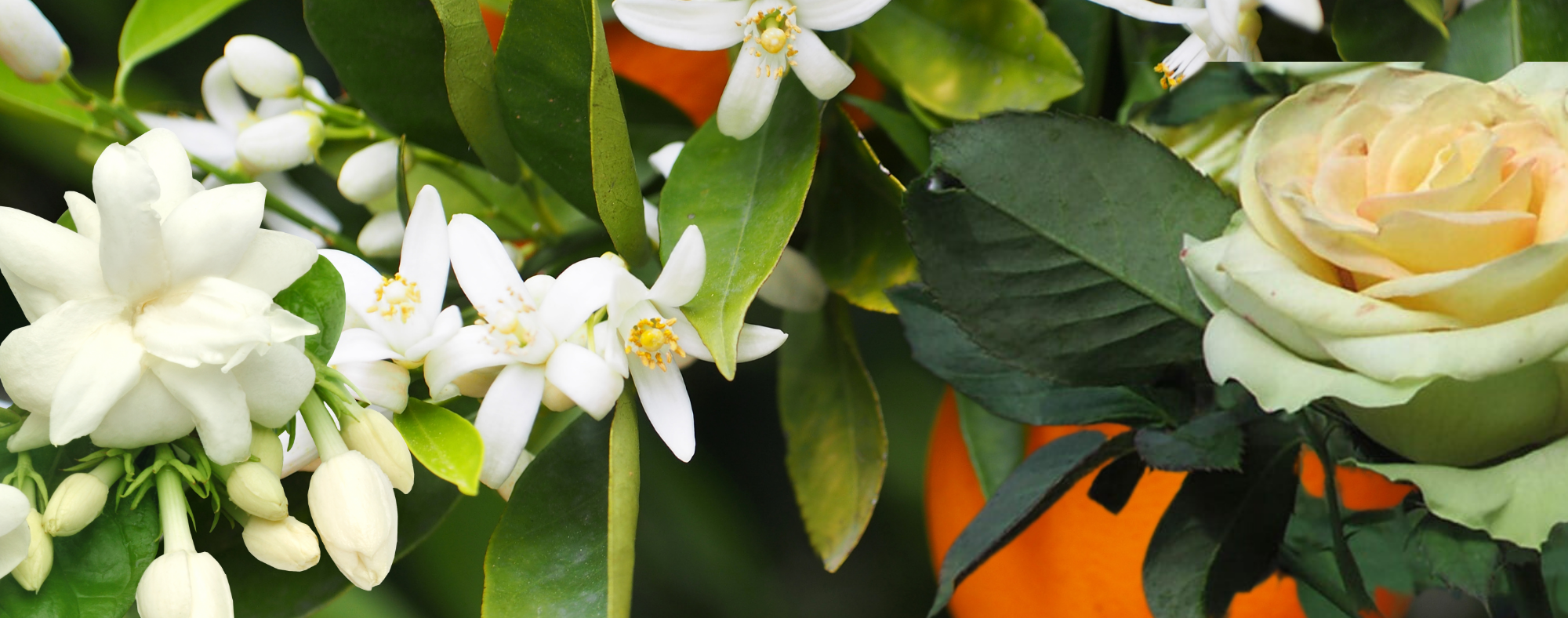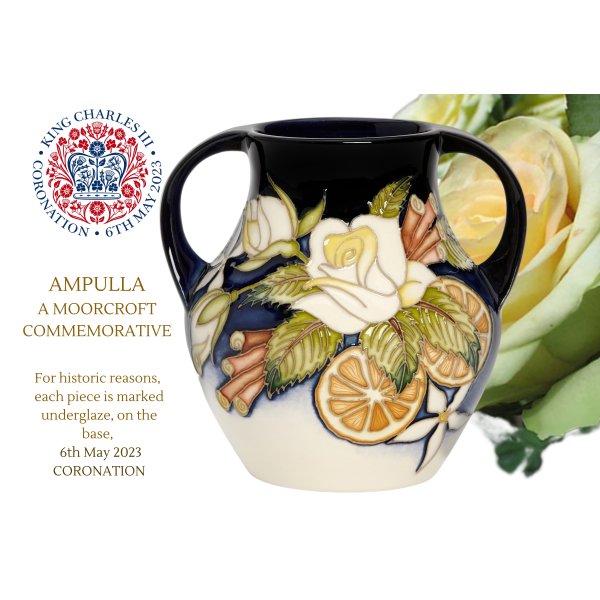Of all the objects used within coronations, the ampulla and spoon are the most sacred. They are required for the anointing, without which, the Coronation has no validation. The anointing of King Charles III will be the single most holy, most solemn, most sacred, moment of the whole service. Replicas of both objects were on display within the Queen’s Diamond Jubilee Galleries and have been used for hundreds of years.
The Reverend Dr Jamie Hawkey, Canon Theologian of Westminster Abbey where the Coronation will be held on May 6th, and Chaplain to HM The King states that, “the ampulla, shaped like an eagle, holds the consecrated oil with which the monarch is anointed. It was made for the coronation of King Charles II in 1661. Unlike the regalia that had to be remade in the 17th century, the spoon is the only item to survive Oliver Cromwell’s destruction of the sacred symbols of monarchy after the English Civil War. It dates back to the early 12th century, and is recorded among objects at the Shrine of St Edward the Confessor in Westminster Abbey in an inventory of 1349.” In truth, the gesture dates back to the Old Testament Book of Kings and the anointing of Solomon as King. Fundamentally, it is the oil itself that is deeply significant. This oil was made at a site, holy to Christians, called the Mount of Olives in Jerusalem. For 2023, this oil is unusual because, for the first time, it's not got any oil from animals in it. Historic anointing oils have included products from whales and civet cats. Significantly, this anointing oil is made of a base of pure olive oil, mixed with essential oils.
Anointing is the moment when the archbishop places holy oil on to the head, heart or breast, and hands of the monarch. The anointing ritual is always hidden from view – a private moment for the monarch to reflect on their duties and the significance of being touched by holy oil – and so a canopy was held over Queen Elizabeth in 1953 by four Knights of the Garter, and the television cameras turned respectfully away, as the Archbishop anointed her with the fragrant holy oil on her hands, breast and head. The Head of the Church of England, the Archbishop of Canterbury then solemnly stated, “As kings, priests, and prophets were anointed, and as Solomon was anointed king by Zadok the priest and Nathan the prophet so be thou, anointed, blessed, and consecrated Queen over the peoples whom the Lord thy God has given thee to rule and govern.” The Archbishop’s words link the young Queen’s body both to former British monarchs as well as Biblical priests and prophets, and the monarch’s temporal kingdom to Christ’s eternal kingdom. Meanwhile, the choir sang one of the most thrillingly dramatic songs in history: “Zadok the Priest”. The words are taken from the first Book of Kings, and have been sung at every coronation since King Edgar’s in 973, but the anointment ritual is even older, going back to King Solomon supposedly being anointed by Zadok himself in the 10th century BC. This will be a moment for the King to rest in God’s presence.
Reflecting a modern monarch, the ancient recipe for the coronation anointing oil has been updated to include olive oil scented with a mix of essential oils: benzoin, often used to create incense for Christian ceremonies; cinnamon; jasmine; neroil, an essential oil distilled from the flowers of Seville oranges and used in perfumery; rose, known as the flower with the highest vibration on earth and for its healing qualities; sesame, and with orange blossom also added. It was these coronation emblems that inspired Nicola to create a design fit for our new King and his own love for the natural world. Orange segments and burnished brown cinnamon sticks sit amongst white roses flushed with a bees wax gold shading at their centres, and small star-shaped jasmine flowers - all set against the dramatic backdrop of a classic Moorcroft dark blue ground.

The ampulla vessel shape itself dates back to Roman time, and was a small round vessel with two handles. Nicola wanted to emulate this ancient shape with her contemporary design and so Moorcroft’s classic twin-handled vase has been reimagined for His Majesty King Charles III’s Coronation on a new and smaller shape to mark this very special historic occasion. Of course the rest of the Coronation will be an extraordinary display of magnificent jewels and robes and the peculiarities of historical traditions and ceremony, with perhaps a few changed for our modern world, but at Moorcroft, our minds will return to the flowers brought alive in our Ampulla, oranges and spices, as we consider the mysteries of the anointing oil, and what His Majesty King Charles III must be feeling as he smells the aroma. When the holy oil touches him, he will be transformed, brought into direct contact with the divine. Forever changed. Bound to God. It is the most important part of the entire ceremony.
Zadok the Priest, and Nathan the Prophet anointed Solomon King.
And all the people rejoiced, and said:
God save the King! Long live the King!
May the King live for ever,
Amen, Alleluia.
